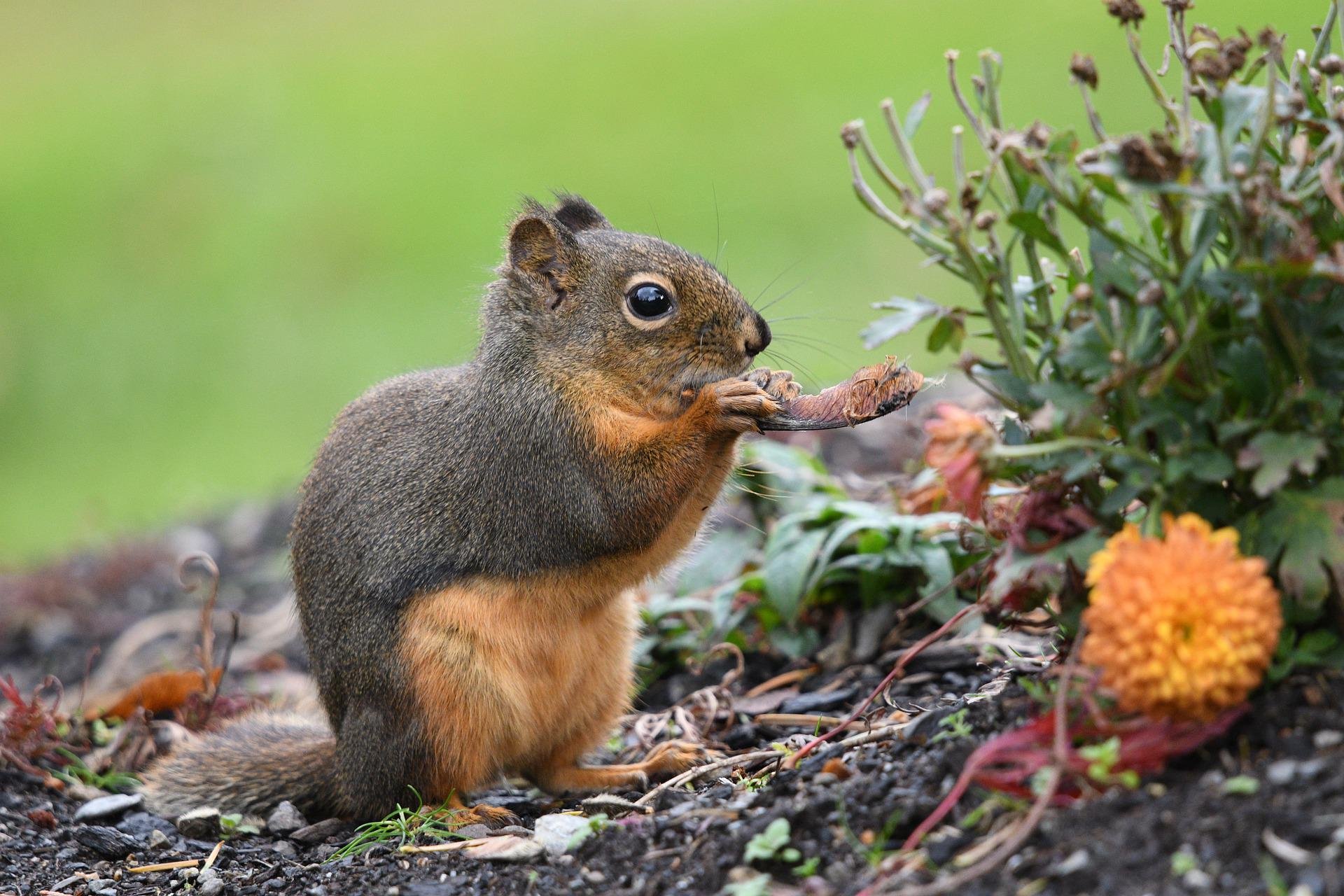Words on Wellness: Monarchs Coming Back
Let’s start the new year with a dose of encouragement, despite the current state of environmental degradation and climate disruption all of us share globally. Scientists have spotted signs of a partial recovery of kelp forests during drone surveys off the coast of Mendocino and Sonoma counties. This is good news after a series of large-scale catastrophic events, precipitated by warming ocean temperatures and disease, have decimated the kelp forest ecosystem to a mere five percent of its foliage since 2013. Lush, dense jungles of seaweed provide shelter, food, and home, for many creatures including red abalone Haliotis rufescens. Adults feed on species like giant kelp (Macrocystis pyrifera), feather boa kelp (Egregia menziesii), and bull kelp (Nereocystis luetkeana), while juveniles eat coralline algae, bacteria and diatoms. The abalone who have survived starvation in the last few years are starting to eat again, but their success is dependent on regeneration of these underwater forests and the subsequent diversity of predators that keep sea urchin populations in check.
Western monarch butterflies are also showing signs of return. They migrate from across the west annually to about one hundred wintering sites dotting the California coast from Mendocino County to Baja California, Mexico. Clustering for warmth in seaside pines and eucalyptus, individuals return to the same place and even the same trees year after year. The monarchs generally arrive at the beginning of November and disperse north and west again once warmer weather arrives in March. This butterfly population has declined by more than 99% from the millions that overwintered in the 1980s, mostly due to destruction of milkweed habitat along their migratory route as housing expands and use of pesticides and herbicides increases. An annual winter count last year by the Xerces Society recorded fewer than 2,000 butterflies, yet this year volunteers have counted 100,000 - a moment to exhale, though still only half the number counted in 2017.
Monarch butterflies lack state and federal legal protection to keep their habitat from being destroyed or degraded, while kelp forests are only marginally defended by the Marine Protection Act. It is up to us to keep pushing for protections and setting aside sanctuary for the web of life we rely on for our own survival. In the year ahead, consider making lifestyle changes and financial contributions or community actions that can positively effect these and other precious ecosystems.






